The rougher and textured the sole, the greater the grip will be. You can just get the latest non-slip shoes for work or use one of our methods to make your existing shoes 100% slip-resistant.
If you sense that your shoes are slippery but you can’t afford a new pair or your job demands you to wear a pair of non-slip shoes, you’ve just landed at the right place!
How to Make Shoes Non-slip for Work?
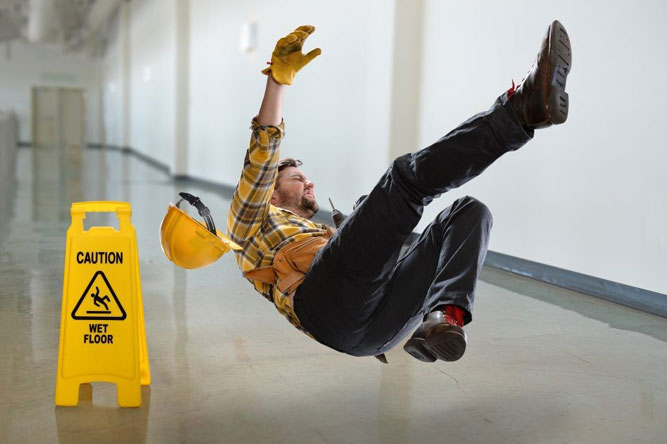
1. For a new pair of shoes
- Grounding
A newly bought pair can be slippery since it didn’t make contact with the ground yet.
Your shoes need grounding in this case.
Give them some time and a lot of walking so they become slip-resistant themselves.
- Scuffing
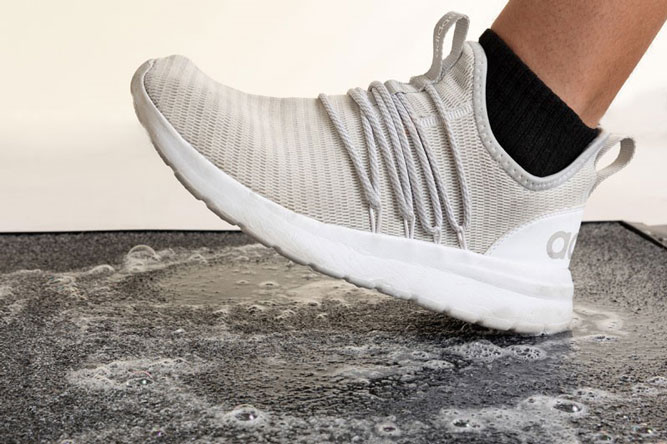
Scuff the soles to rough and stiff ground such as concrete, gravel surface, or paving stones in case the sole material is too rubbery and even.
Drag your feet around with the shoes put on or come down to scruff the soles using your hands. It might take some time to get to the point that ensures a good grip.
- Sandpaper
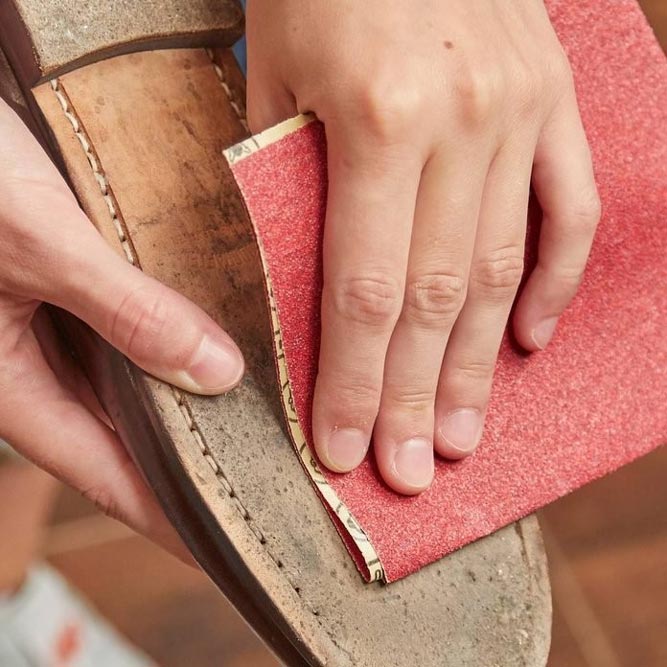
Sandpapers are great if you want to do the process indoors. Rub the paper on each of the soles until they get moderately rough.
The 50-grit is the best paper to use to roughen all-type soles. The coarser the paper the better. Finer papers might take much longer to produce the upshots.
Note: The purpose of sandpaper is to smooth things out but you need to sand the bottom of the shoe to make it rough. Sandpapers roughen the rubbery soles pretty well but some sole-material may not work.
- Nail files
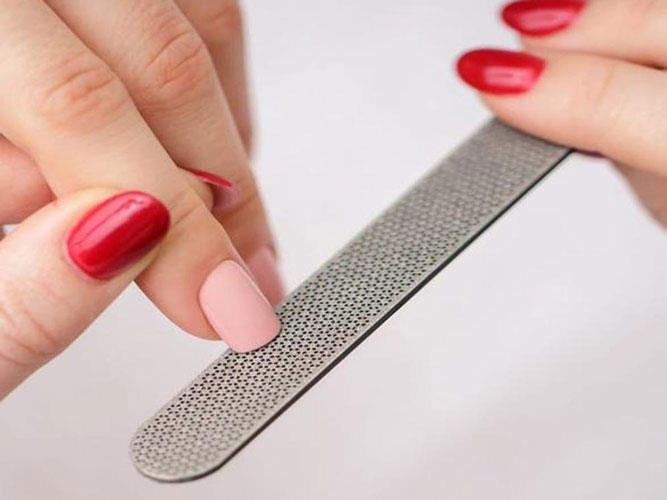
One of the best and most effective ways to make your shoes non-slip is to scrape the soles with Nail files. They give you indispensable flexibility to make smaller cuts and scratches all through the soles to adjust the grip in specific parts since they can be pretty abrasive.
A nail file is a more direct and precise method to wear down the hard soles. Keep track of what and how exactly it needs to be done. Some nail files are scratchy enough to spoil your shoes.
2. For an old pair of shoes
- Grip pads
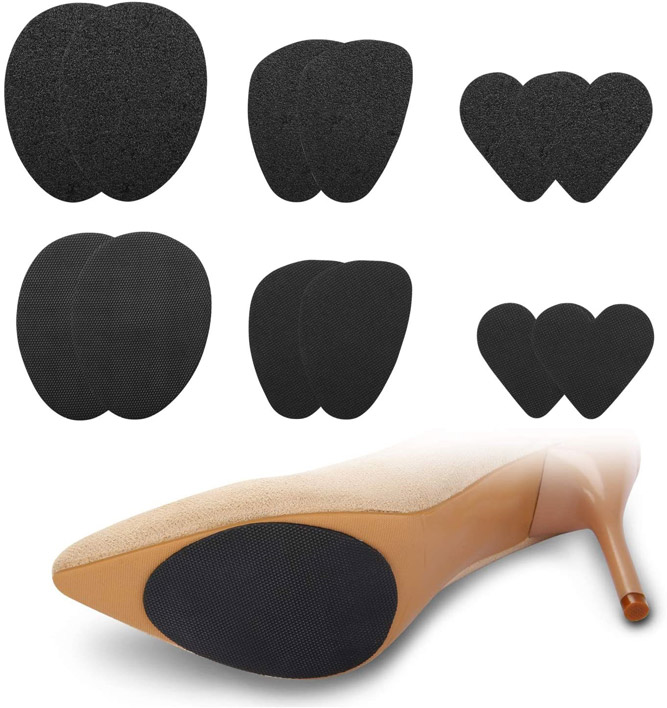
You’ll find all kinds of grip pads on the market that are designed to keep your shoes slip-resistant while you walk on shiny floors at the workplace.
These shaped adhesive pads stick to the bottom of the shoes and provide the necessary grip you need. Get different shapes to cover different areas onto the bottom of your shoes.
- Spray-on coating
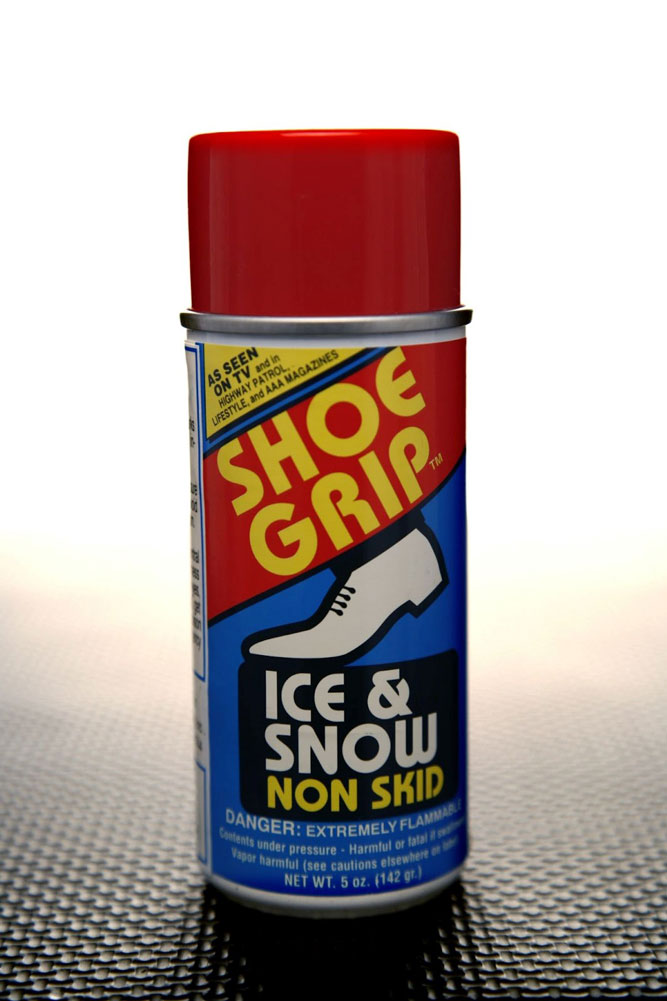
You may try some of the spray-on coatings like traction or grip sprays to make the shoes non-slip. These sprays normally cost just about $20.
Clean the shoes first and spray them real well. Put them on once they’re sticky and dry.
- Hairspray
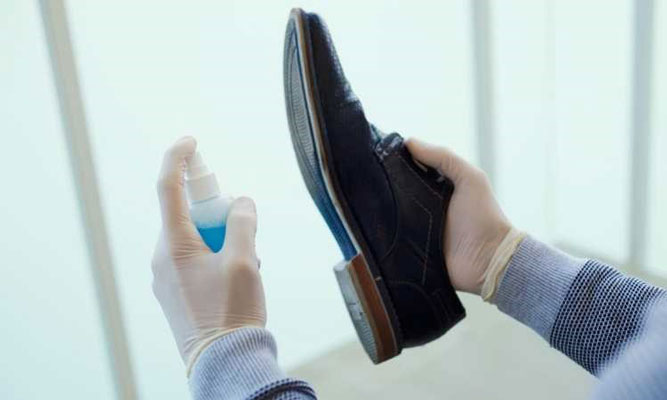
If you want a quick fix before you head out to your workplace, give this a try. The hairspray can help the situation temporarily to some extent, but the grip won’t be so effective and long-lasting.
- Puff paint
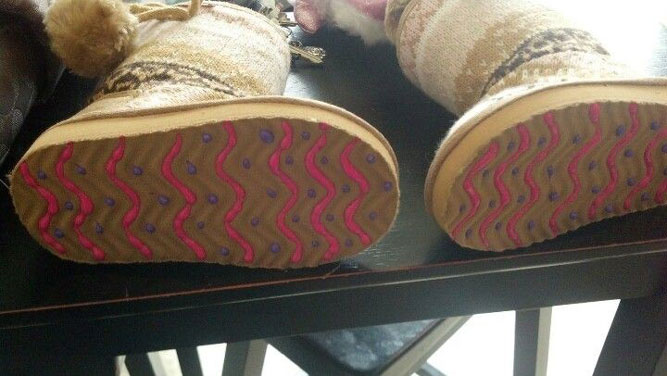
Roughly puff paint the bottom of the shoes and let it dry for a couple of hours until it is ready for a walk. You might need to repaint it in a week or so if you choose to stick with this method.
- Anti-slip tape
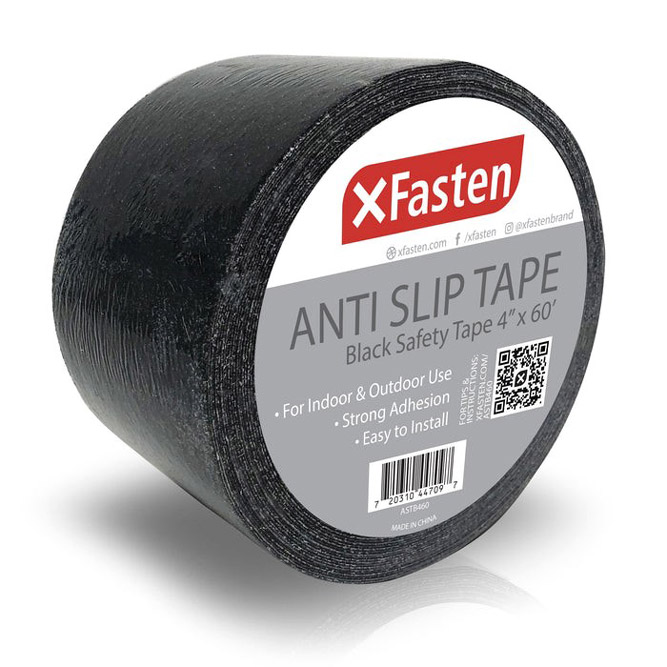
You can use masking tape or grip tape onto the sole. A couple of strips can make it way easier for you to make your shoes non-slip in a minute. But you might need to replace the strips regularly as it loses adhesiveness.
Tip: You can even use the anti-slip tape onto your stair steps in case they feel slippery while you step onto them.
- Ankle straps
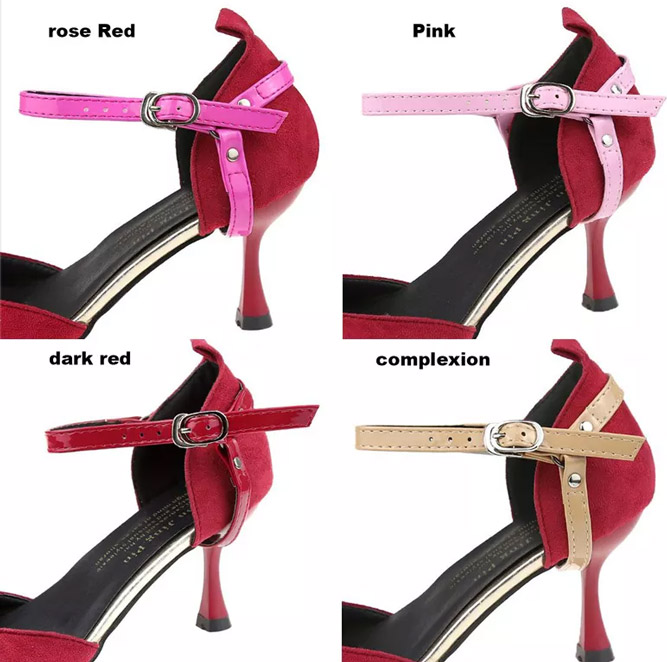
An ankle strap will make your shoe bases non-slip, allow you to walk on the slippery surface, and offer decent support to your feet. As a bonus, you can take the liberty to pick your stylistic expression. It’ll make life a lot easier.
- Adhesive bandages
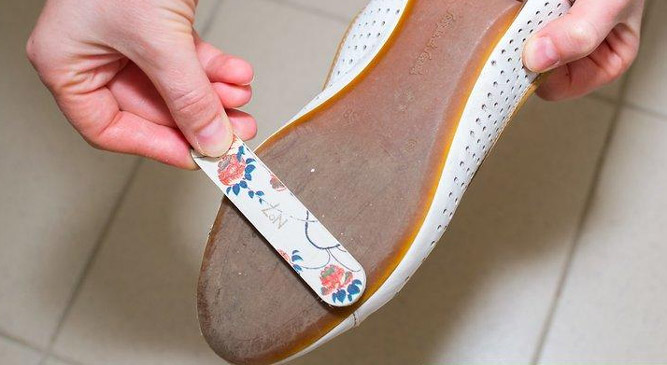
You may use adhesive bandages if the soles of your shoes are plain. You‘ll need two bandages for each shoe, and even one for each would be fine. It‘ll allow you to walk without the fear of falling.
Be sure to keep some extra pieces with you so you don’t need to tiptoe again once you lose them on the road.
- Petroleum Jelly (for sneakers)
It’s a little unexpected but the vaseline jelly or any other petroleum jelly can do the trick for you. Clean your sneakers (soles) well, let them dry, apply a good amount of petroleum jelly and leave it for a few hours.
Wait for it to dry or wipe-clean the extra jelly. Wash it without any rubbing and use a paper tissue to sponge out the water. Your shoes will give you a better grip now.
Note: You may not get the desired results if you apply this method to the hard rubber soles.
- Rubber glue & salt
This is a mixture that works exceptionally well when it comes to making your shoe slip-resistant.
Clean your shoe bottoms and sprinkle and rub some salt on them. Next, you need to apply the rubber glue. You might be required to add the salt a few more times.
Why Do You Need Slip-Resistant Shoes
- Prevents unwanted accidents
You need slip-resistant shoes because it reduces awkward and painful accidents at work, at home, on the road, and in the kitchen. Non-slip shoes make you stand firm even on oily and wet grounds.
- Boosts confidence
With slip-resistant shoes, you no longer need to keep your brain under the feet and pay close attention so you don’t ever slip. Instead, you can walk confidently and entirely forget about what’s under your feet.
How to Keep Your Boots From Slipping on Ice?
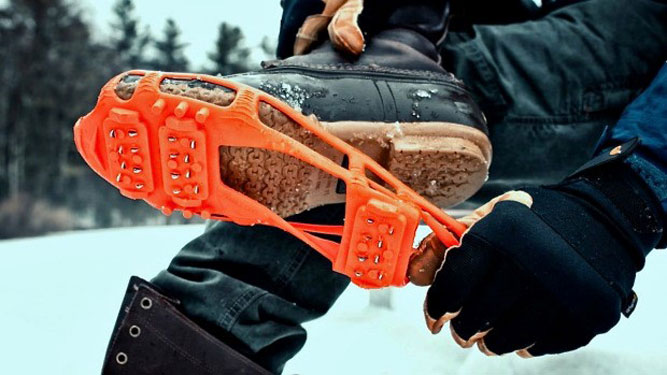
Walking on icy roads and walkways wearing regular boots can be tricky. You can try a few things to upgrade the shoes to a slip-resistant level.
- Abrade the outsoles on a hard and textured surface such a big broken piece of rock.
- Make some scratches on the outsole with whatever tools you can find handy such as a nail file or a knife or a cutter. You may want to make one or two shallow bevel holes if the soles are thick enough.
- Use grip spray. If you don’t have it, apply a good amount of hairspray to the shoe bottom.
- Use ice grippers because they’ll serve you better than any hacks you may try. They should be easily available in virtually any shoe store and online. Choose your favorite color and variant and let the roads pass.
FAQs
1. What are dance socks?
Ans: Dance socks improve your sneakers for elasticity and motion. They help you pivot without obstruction, decrease the risk of ankle and knee injuries, and keep you moving.
2. Why are my basketball shoes slippery?
Ans: Basketball shoes start losing grip as they pick up the dust and dirt from floorboards. Their rubber soles can be a slip hazard if they make contact with water excessively.
3. Can you shrink shoes?
Ans: Yes! First, apply water to where you want it to shrink. Once wet, carefully use a heat gun or a blow dryer at a moderate volume until it is shrunken to your desired point.
Take the time while you heat it because the excessive temperature can make you regret it.


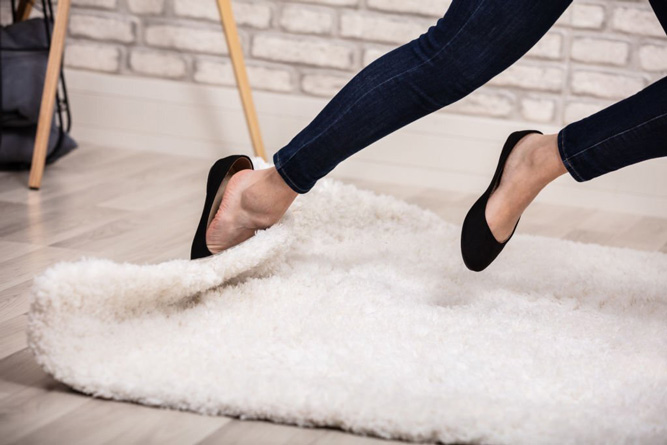





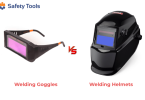

Leave a Comment